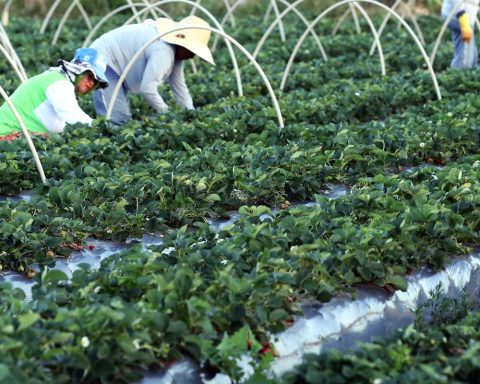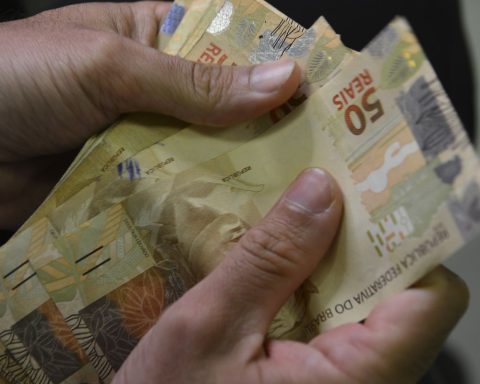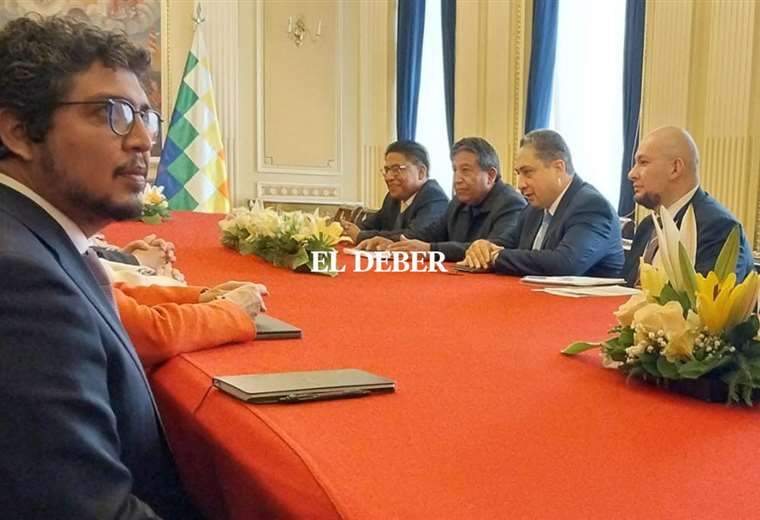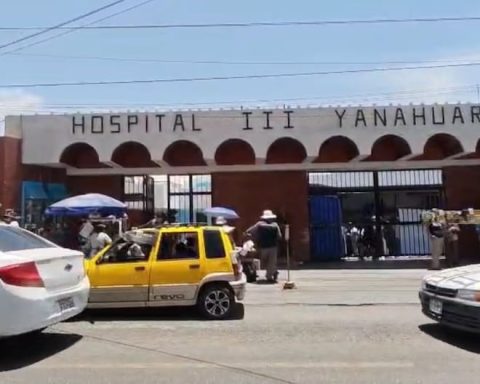Social technology that allows the production of food has guaranteed food security and generated income for the quilombola community São Martins, in Paulistana, southwest of Piauí.
The Integrated Food Production System, better known as Sisteminha, was developed in partnership between the Brazilian Agricultural Research Corporation (Embrapa), the Federal University of Uberlândia (UFU) and the Research Support Foundation of Minas Gerais (Fapemig). The tool is already adopted in 14 states and eight African countries.
The São Martins community started to implement the technology in 2015, initially by a single family. The experience took hold and is already being incorporated by 25 of the 103 families. Divided into five groups, the residents set up a cement slab factory to build 25 tanks for raising fish on a collective basis. 25 chicken coops were also set up.
Technology
Sisteminha allows the production of fish, eggs and meat from chickens and quails, pigs, guinea pigs, grains, vegetables, fruits, vegetables, earthworm humus and organic compost, among others. In addition to guaranteeing basic food for families, it also makes it possible to generate income through the sale of surplus production.
According to the creator of the tool, zootechnician Luiz Carlos Guilherme, a researcher at Embrapa, the technology uses intensive fish farming practiced in small tanks built with different materials, such as cardboard, clay and plastic.
The tank for the production of fish (tilapia) has a capacity of eight to ten thousand liters of water. All modules benefit at some point from the production of nutrients from the fish tank, capable of producing between 100 and 120 kilograms of tilapia in three cycles per year. At the end of each cycle, the fish weigh between 200 and 300 grams.
The wastewater from fish farming, rich in organic solids, is used to feed the worms and irrigate conventional horticulture and hydroponics beds. It is a biofertilizer that contains macronutrients such as nitrogen and potassium in addition to phosphorus, magnesium, sulfur and calcium.
According to Guilherme, the plantation is staggered, that is, the planting is done little by little, so the harvest is gradual, so as not to run out or have too much food. Considered the “heart” of the Sisteminha, the biofilter allows the tank to provide water rich in nutrients for the plantations.
“We were able to simplify the biofilter material which reduced the cost by more than 99%: a bucket, shredded nylon ropes, a PVC pipe, a pool cleaning hose and a pet bottle. This cost reduction made it possible to raise fish in small spaces with quality assurance”, explains Guilherm

















